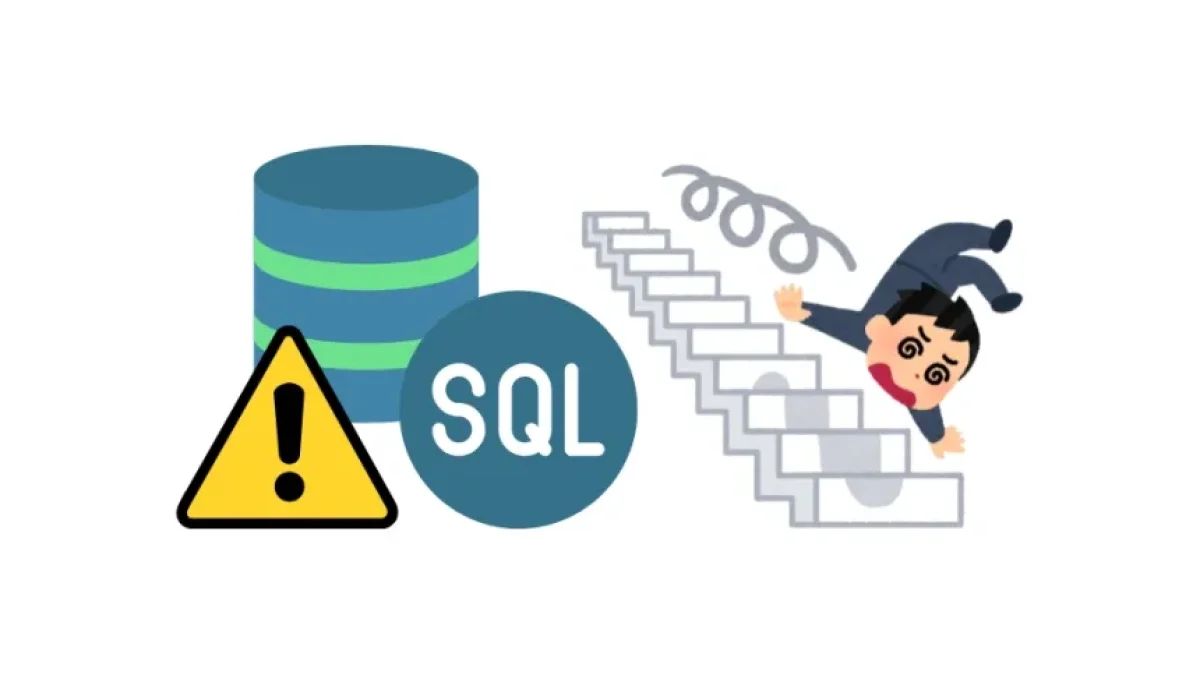What is SQL Injection and How to Prevent It?


SQL Injection is an attack technique used by cybercriminals to exploit vulnerabilities in web applications that interact with databases. Understanding what SQL Injection is and how to prevent it is crucial to protect the integrity of the data and the security of applications.
What is SQL Injection?
SQL Injection is a coding flaw that allows an attacker to manipulate the SQL queries that an application sends to its database. By inserting malicious SQL codes into input fields, attackers can access, modify, or delete data in the database without authorization.
Types of SQL Injection
- Classic SQL Injection: Involves the manipulation of queries directly in the input parameters of an application.
- Blind SQL Injection: Here, attackers do not get data directly through the application; instead, they modify the logic of the query to infer information.
- Time-Based SQL Injection: A method where timing is used to deduce whether the injection was successful, waiting for delayed responses from the server.
How SQL Injection Works
To illustrate how SQL Injection works, let’s consider a simple example. Suppose an application has a login form with username and password fields. The SQL query might be:
SELECT * FROM users WHERE username = 'user' AND password = 'password';
An attacker could insert the following into the username field:
Read also
' OR '1'='1
This would change the query to:
SELECT * FROM users WHERE username = '' OR '1'='1' AND password = 'password';
This query would always be true, allowing the attacker to gain access to the application without valid credentials.
Consequences of a SQL Injection Attack
The consequences of a SQL Injection attack can be devastating:
Read also
- Data Loss: An attacker may delete or alter critical data.
- Unauthorized Access: Attackers can gain access to sensitive information.
- Reputation Damage: A data breach can affect customer trust and business reputation.
Preventing SQL Injection
Preventing SQL Injection requires a combination of good development practices and security measures. Here are some effective strategies to protect your application:
1. Use Prepared Statements
Prepared statements (or parameterized queries) are an essential tool for preventing SQL Injection. This method separates SQL logic from data, making it more difficult for an attacker to inject malicious code.
import sqlite3
connection = sqlite3.connect('my_database.db')
cursor = connection.cursor()
# Prepared statement
username = "user"
cursor.execute("SELECT * FROM users WHERE username = ?", (username,))2. Input Validation and Sanitization
Input validation ensures that only valid data is accepted, while sanitization removes any potentially harmful code.
- Validation: Ensure that the format and data type are as expected.
- Sanitization: Escape special characters that may be malicious.
3. Use ORM (Object-Relational Mapping)
ORM libraries like Hibernate (Java) or Entity Framework (.NET) abstract SQL queries, making SQL injections much harder to execute.
4. Least Privilege Principle
Ensure that the database accounts used by your application have the minimum necessary permissions. For example, if only read access is needed, do not grant write permissions.
5. Monitoring and Logging
Implement a monitoring and logging system to detect suspicious activities. This will allow you to respond quickly to possible attacks.
6. Regular Updates
Keep your software and libraries up to date. Updates often fix known vulnerabilities, making them less susceptible to attacks.
Conclusion
SQL Injection is one of the most common and dangerous threats in web development. However, by following the best practices mentioned above, you can significantly minimize the risk of attacks. Education and prevention are key to maintaining the integrity and security of your web applications.
Remember, the best defense is to always stay one step ahead. Act before it’s too late!



















